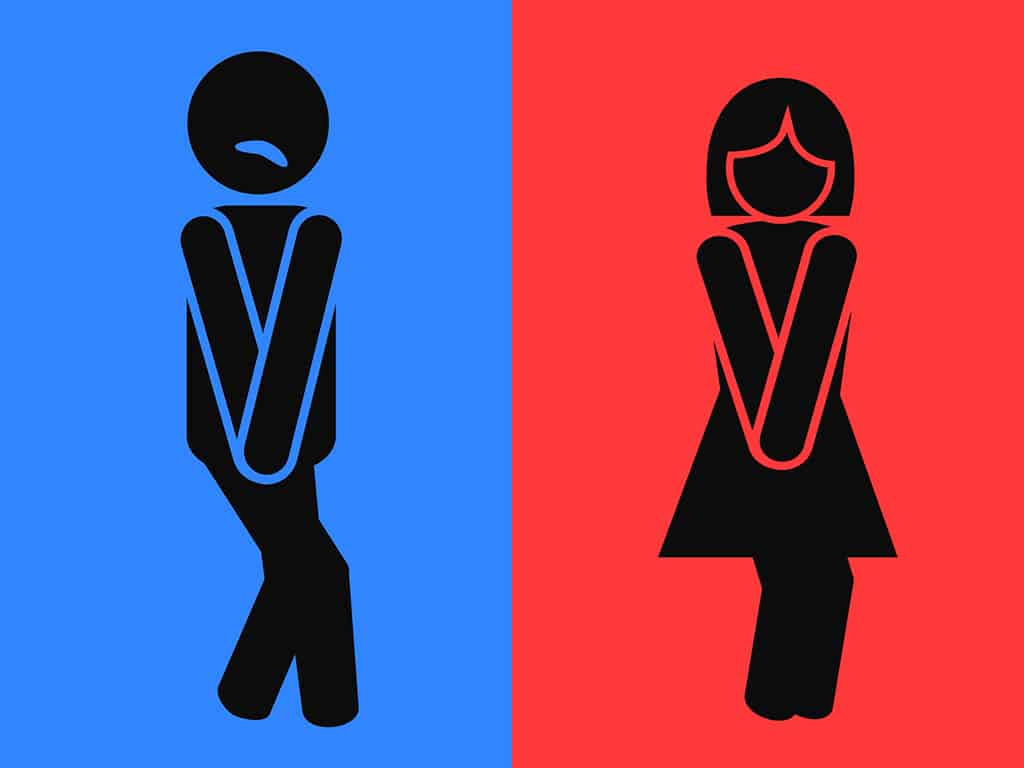What Is なければならない (Nakereba Naranai) In Japanese?
なければならない (nakereba naranai)is used to express an obligation to do something. It means “must, “have to,” or “should” in English. For example, “I have to do my homework” or “I must study for the test tonight.” It also means “has to” when talking about someone else. For example, “She has to finish up her work.” … Read more






























